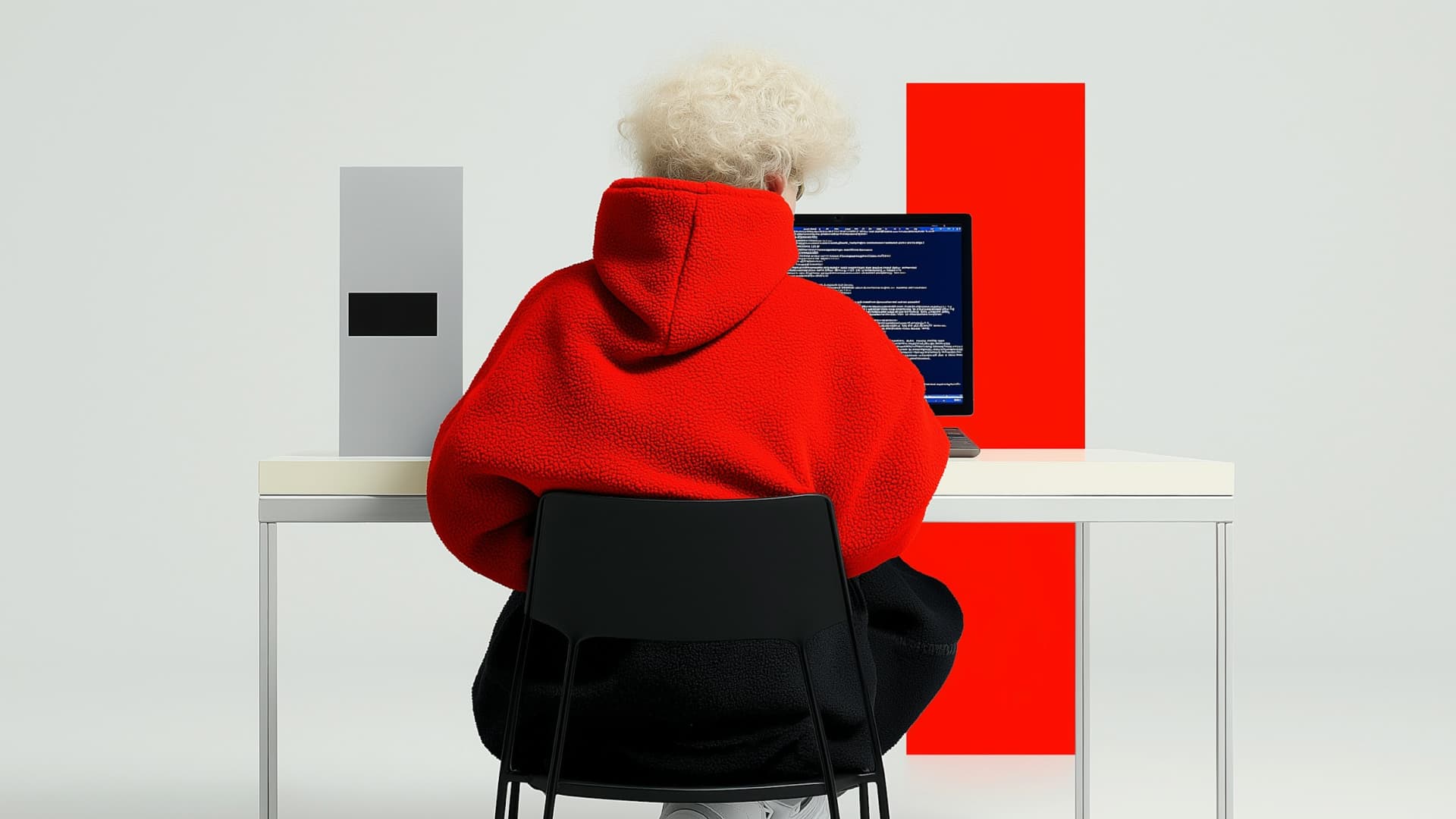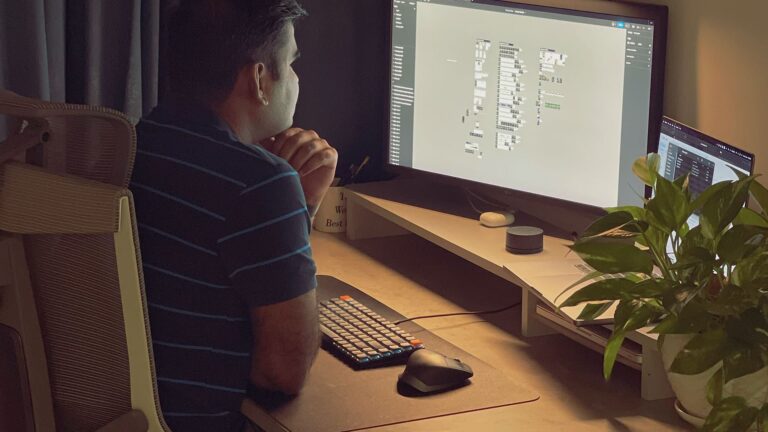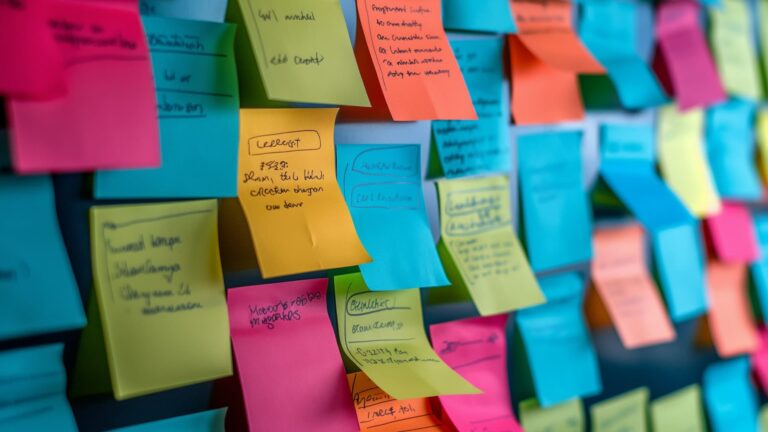A client once emailed me, “Can you design a quick logo? Something timeless.”
Quick? Timeless? In the same sentence?
This isn’t just a funny story to share at design meetups. It’s a glimpse into the deeper issue many designers face: the gap between how we see the work and how clients perceive it. This gap creates misunderstandings, stress, and sometimes even failed projects.
Let’s unpack the common reasons for this disconnect and explore how both designers and clients can work together more effectively. By the end, you’ll know how to avoid these pitfalls and build a strong, collaborative relationship.
1. Clients see results, designers see the process
Clients look at a finished logo, website, or app and think, “Wow, that’s simple.” Designers, on the other hand, know that simplicity is the hardest thing to achieve. It’s the result of hours of brainstorming, iterations, and refinement.
Why this happens:
- Clients are focused on outcomes.
- Designers invest time in strategy, research, and execution—steps that aren’t always visible.
How to overcome it:
- Educate your clients early. Share your process in simple terms: “We’ll start with research, then concepts, then final tweaks.”
- Use analogies: “A logo is like a diamond. Polishing takes time.”
- Show the work behind the work. Share sketches or mood boards to reveal the thought process.
2. Clients want visuals, designers focus on strategy
Clients often expect something visually stunning. Designers know that visuals alone don’t solve problems. Strategy gives visuals purpose.
Why this happens:
- Clients are excited about how their brand looks.
- Designers want to ensure the design aligns with goals.
How to overcome it:
- Start every project with a discovery phase. Ask, “What do you want your audience to feel?”
- Frame visuals in terms of results: “This layout will guide your users to take action.”
- Use data to back decisions: “Websites with clear CTAs convert 2x better.”
3. Clients love choices, designers fear endless edits
“Can we see five more options?” If you’re a designer, you’ve likely heard this. Clients enjoy exploring possibilities. Designers know that too many choices can dilute quality.
Why this happens:
- Clients want to feel involved.
- Designers worry about scope creep.
How to overcome it:
- Limit options upfront. Say, “I’ll present three strong directions, each with a different focus.”
- Encourage specific feedback. Instead of, “I don’t like this,” ask, “What’s not working for you?”
- Set boundaries kindly. “We’ll make up to two revisions per concept.”
4. Clients expect magic, designers need direction
“Can you make it pop?” While this might seem harmless, vague feedback like this leaves designers guessing.
Why this happens:
- Clients don’t always know how to articulate what they want.
- Designers need clarity to deliver great work.
How to overcome it:
- Guide clients with questions: “Do you want brighter colors, larger text, or more contrast?”
- Use visual references. Show examples and ask, “Which feels closer to your vision?”
- Create a feedback framework. Share a checklist: “Consider readability, alignment, and tone.”
Creativity thrives within constraints.
Marcus Buckingham
5. Clients seek speed, designers take time for quality
“Can we have it tomorrow?” Quality design takes time, but clients may not realize the work involved behind the scenes.
Why this happens:
- Clients have tight deadlines.
- Designers know rushing risks quality.
How to overcome it:
- Set realistic timelines. Explain, “To deliver the best results, I need 10 days for this phase.”
- Break it down. “Here’s what we’ll complete each week.”
- Share the risks of rushing: “Quick fixes now could lead to costly changes later.”
Design is a collaboration, not a task
It took me years to learn how to bridge the gap between designers and clients. Now, I start every project by setting expectations and keeping communication clear.
The secret is simple: design isn’t just about delivering a product. It’s about solving problems together. When clients and designers understand each other’s perspectives, the results are not just better, they’re extraordinary.
Let’s connect
Curious about freelancing, employment, or anything in between? Let’s connect on LinkedIn I’d love to hear your experiences, answer your questions, or just have a meaningful conversation about building a fulfilling career.








